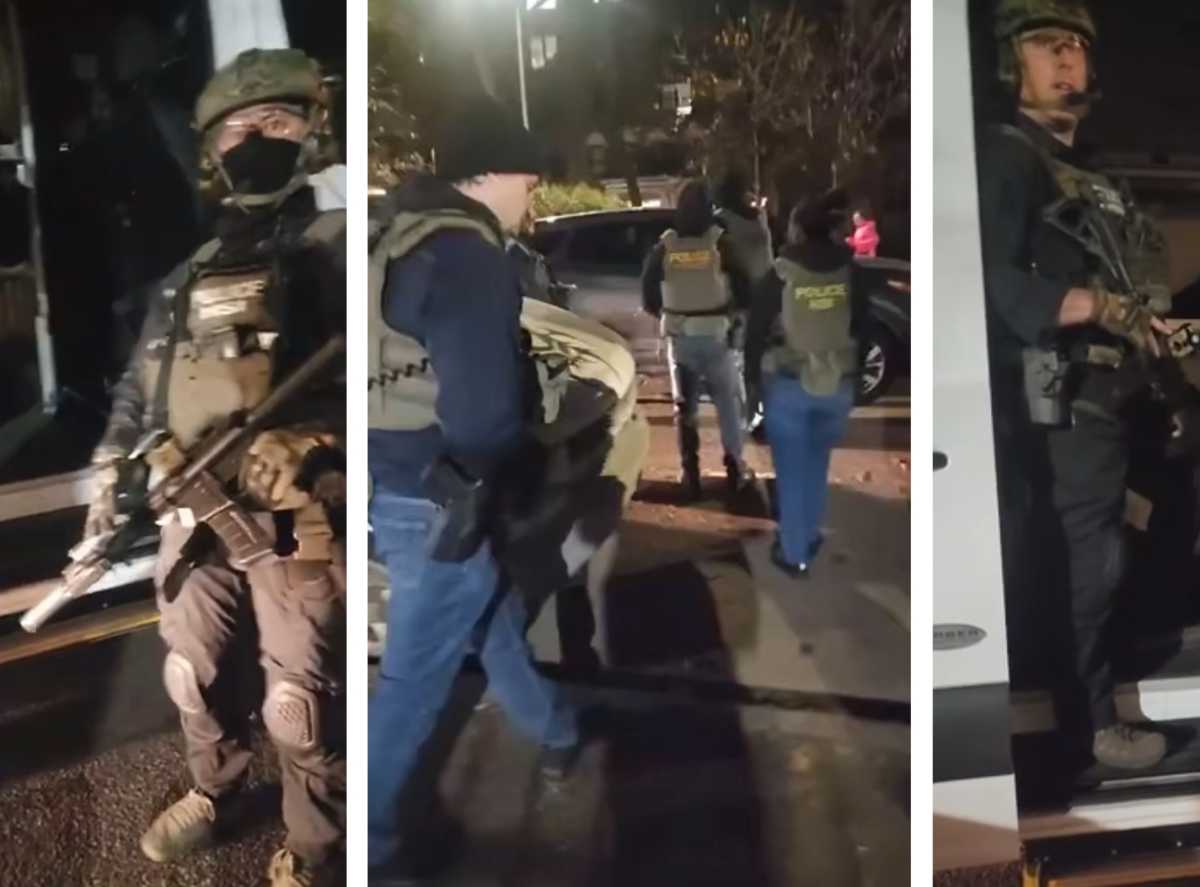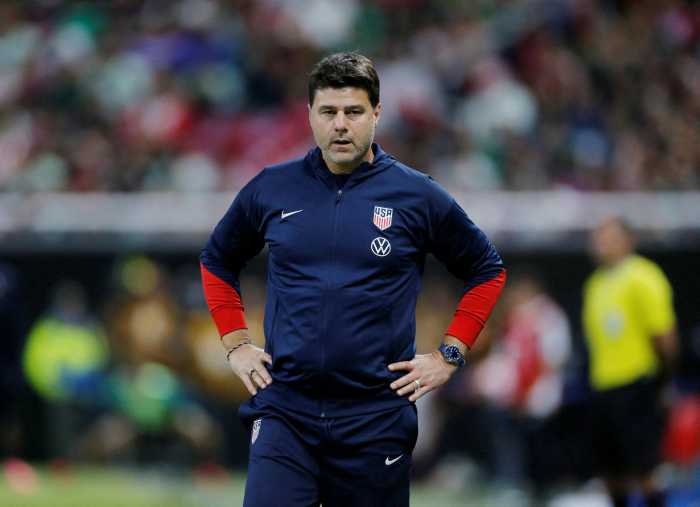As the number of trees throughout Queens continues to grow, the resources needed to maintain, repair and sometimes remove trees is also increasing.
Parks & Recreation has developed a strategy in order to meet the increased demand by using in-house employees to handle the emergency tree situations, while contracting out non-emergency jobs to licensed tree companies throughout the tri-state area.
Since the inception of the Trees and Sidewalks pilot program, Parks & Recreation sends out an inspector to examine the problem area. The inspector then leaves a rating for the problem area, which determines if it is eligible for repair and the severity of the problem, which can determine when the site will be fixed.
Currently, the city is working in partnership with SRM Construction, and they are handling the design and construction of the sidewalks that are eligible for repair that Parks & Recreation are not doing themselves.
In order to be eligible to work on city trees, contractors must register and be insured with the city before they bid on projects, against other contractors, for the rights to prune trees in a specific area.
‘We normally get three to five different contractors bidding on each contract,” according to Gina Masullo, a spokesperson for Parks & Recreation. “For block-pruning we bid out two-year contracts with an option to renew for a third year.”
Pruning damaged or fallen trees and other “hazardous conditions” is only done by the in-house Parks Department personnel according to Queens Parks & Recreations Commissioner Dorothy Lewandowski.
Richard Ruckdeschel, of R J R Complete Tree Service Inc., a Flushing-based private tree contractor whose company spent many years working on city jobs, said that the competition for these jobs is extremely high forcing the companies to put in a low bid in order to get the contract.
According to Masullo, contractors are paid based on the size of the tree pruned, but they are not paid on an hourly or daily basis, which leads some residents to question if contractors pass over their trees because they will take too much time.
“They make the same amount of money so why cut the big ones,” said Sonia Ortiz, who said smaller trees on her block were pruned five times before anything was done to the large tree in front of her house. “But, the big ones are the ones that fall down and cause a lot of damage.”




























